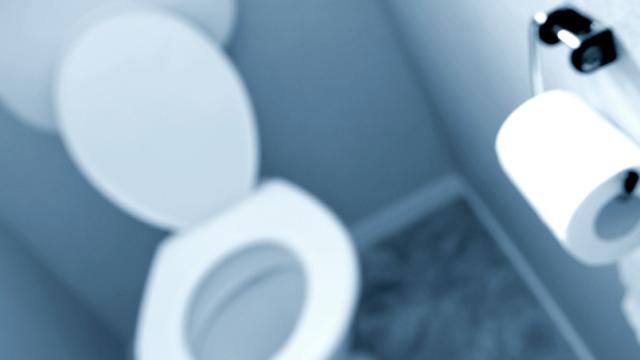Much like bathroom-humour at the dinner table, haemorrhoids can be a taboo subject. The truth is, everyone has them.
Their job is to protect your anal sphincter muscles (the ones that open and close your anus) and to help keep your anus closed when you have moments of increased abdominal pressure, like when you’re coughing. They become a problem for us when they become inflamed. Once this happens they’re known as piles. Popular culture has led to “haemorrhoids” and “piles” to be interchangeable in common vernacular. By the age of 50, about half of the US population will have dealt with these inflamed itchy protrusions from your anus. Because most people with piles get curious about why their butt itches, let’s take a closer look at what they are, what causes them to become inflamed, and how we can prevent that from happening.
Your anus is controlled by one of the many sphincter muscles within the body. Sphincters are muscles that form like a doughnut around the many openings within the body, like the entrance and exit of your stomach. Those would be the lower esophageal sphincter and pylori sphincter respectively. When sphincters relax, they allow the entrance or release of liquids and solids. Normally sphincters are constricted which keeps those liquids and solids from leaving their respective positions within the body. No one likes the acid from your stomach coming back up and making your chest feel like it’s on fire!
As mentioned before, your anal sphincter is cushioned by haemorrhoids. Hemorrhoids themselves are made up of what are known as modified squamous epithelium. These highly vascular cushions reside along the anal canal in three main areas- the left, right and back of the canal. They are made up of elastic connective tissue and smooth muscles. Many of them do not contain muscular walls like arteries and veins do. Because of this, they are technically known as sinusoids (a small blood vessel like a capillary) and can swell up due to blood not being able to leave.
When you’re relaxed, they provide about 15-20% of the pressure keeping your anal canal closed. When you have an increase in abdominal pressure, like when sneezing, the blood going back to your heart through your inferior vena cava is reduced. This causes these vascular cushions to swell up with blood pushing on your sphincter, and thus, help prevent the infamous anal-leakage. It’s also thought that haemorrhoids are responsible for helping us determine the exact content of what’s coming out, like gas versus a solid bowel movement.
When your haemorrhoids begin to swell up chronically, they begin to cause problems. This is when they become known as piles. Once they are piles, they can cause symptoms like hard lumps that can be painful and itchy, the feeling like you still have to go to the bathroom after you’ve already gone, and mucous discharge or bright red blood while defecating.
Anything that causes an increase in your abdominal pressure can cause your haemorrhoids to become chronically inflamed. Thus, there risk factors for piles- things like being pregnant, chronic constipation, lifting heavy weights, straining when passing stool, being obese, and increasing age. Some studies have even suggested the tendency to develop piles is inherited.
You have two types of piles, internal and external. A line known as the dentate line is what differentiates them. Located below the dentate line is external piles. These are covered by a type of skin called Anoderm that contain nerve fibres, specifically fibres connected to the pudendal nerve. The cause of the itchy pain is revealed!
Internal haemorrhoids are broken down in to 4 classifications. 1st degree protrude only into the anal canal. 2nd degree protrude outside the canal but go back in spontaneously. 3rd degree require you to push them back in manually, and 4th degree don’t go back in to your canal no matter what you do.
The treatment for your piles depends on severity. If only minor, your doctor may choose to simply treat the symptoms, administering things like corticosteroids to reduce inflammation, laxatives if constipated, pain medication and anti-itch creams, as well as advising you to attempt not to strain while on the toilet, and to use simple pads to help with irritation.
If your pile is more cumbersome, your doctor can choose to remove or reduce the pile. They can do this in a variety of ways. Banding involves placing an elastic band around the base, cutting off blood-flow to the pile. After a few days, it will die and simply fall off. They can inject medications into the pile causing it to shrink, known as sclerotherapy. Surgery is also an option. They can remove the pile (haemorrhoidectomy), or staple shut the blood-flow to the pile itself.
In the end (pun intended) we all have haemorrhoids. Scratch your bums with pride knowing that 50% of us will have theirs inflame by the time we’re 50. Let’s just hope it’s only a minor inflammation, because no one wants a Doctor cutting anything off down there!
Scott writes for the wildly popular interesting fact website TodayIFoundOut.com. To subscribe to Today I Found Out’s “Daily Knowledge” newsletter,click here or like them on Facebook here. You can also check ’em out on YouTube here. Image from Shutterstock.
